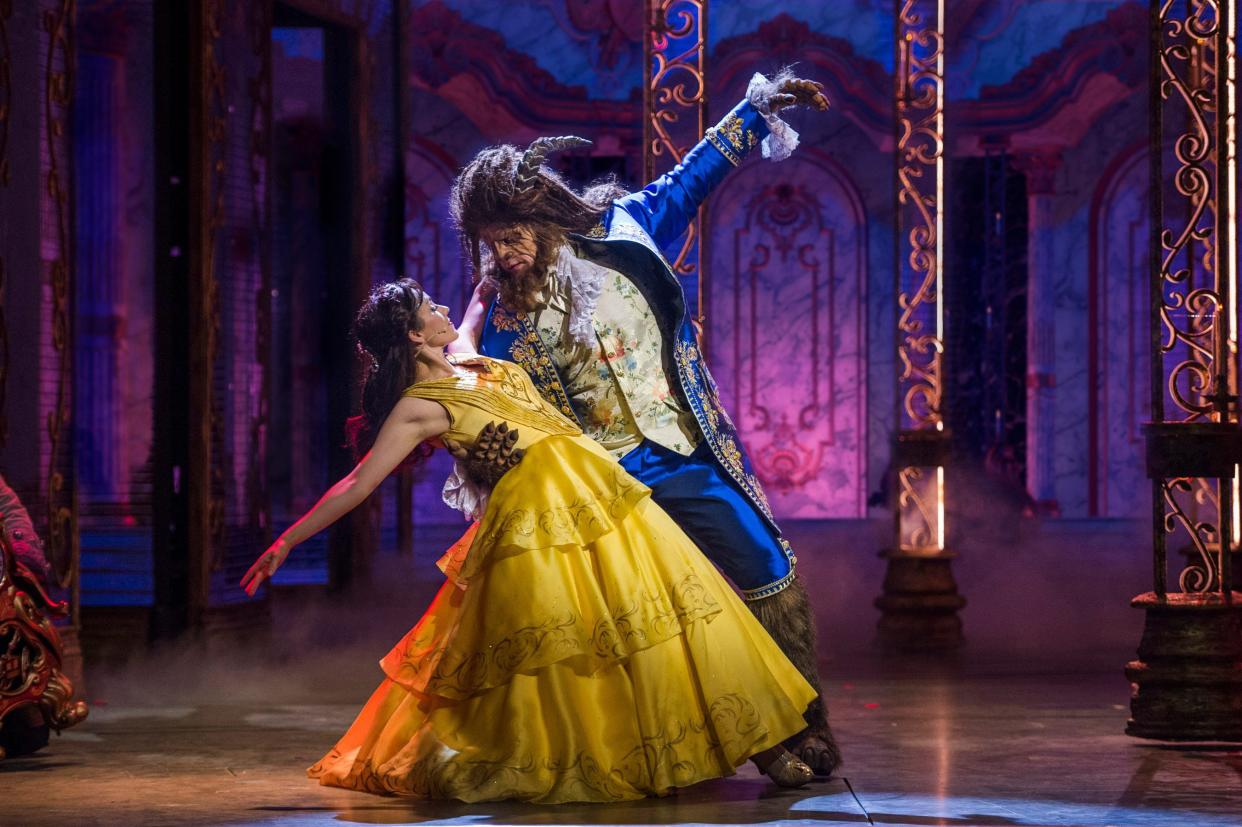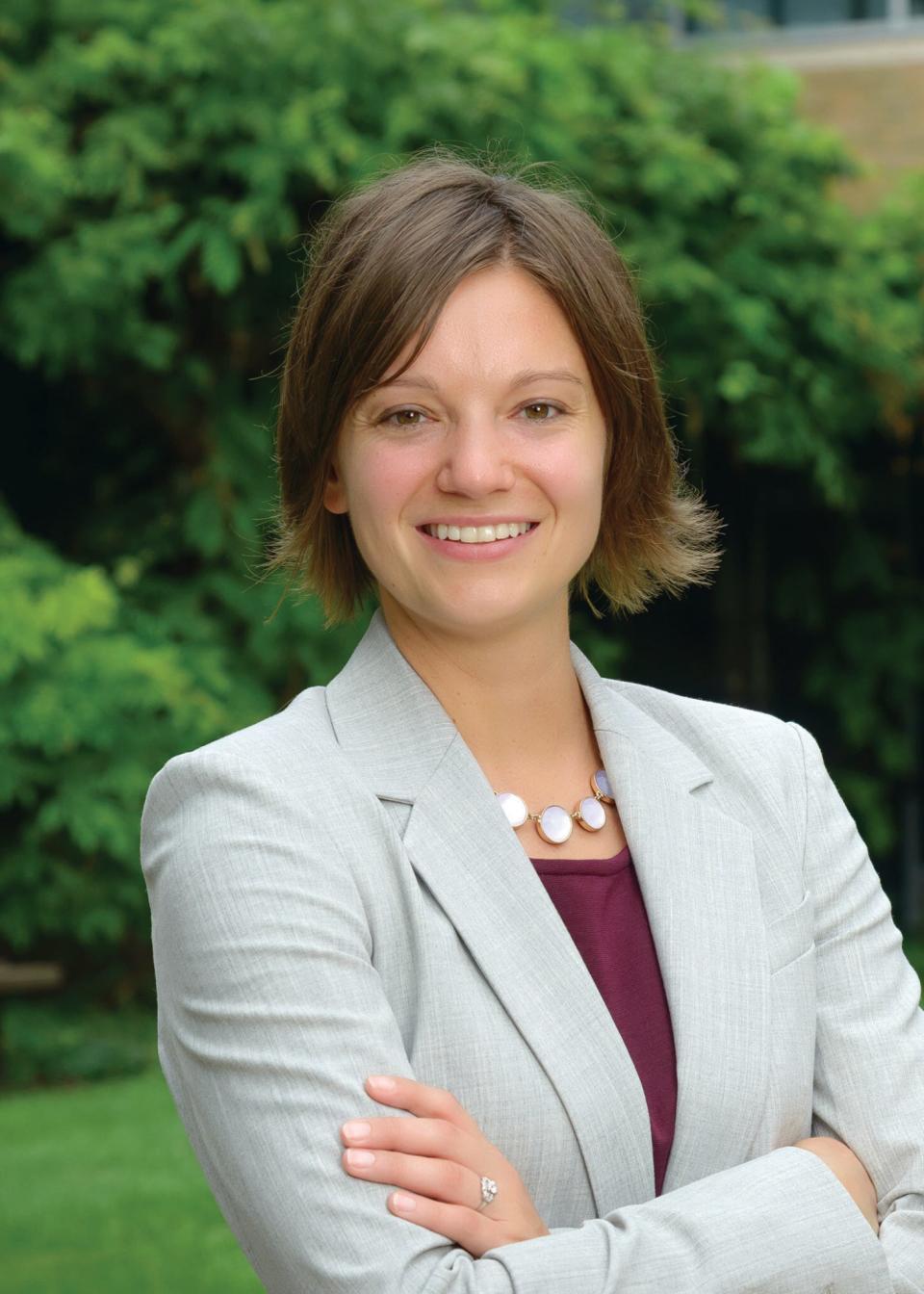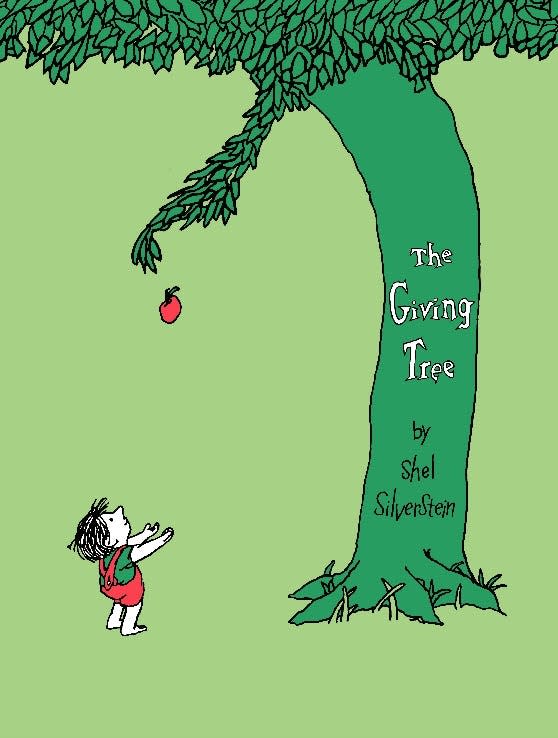The Giving Tree gave too much. Belle was a prisoner. What are we teaching kids about love?

Laura A. Voith is an associate professor of social work at Case Western Reserve University.
The stories we tell our children about love shape how they learn to love and be loved in return, so what stories are we telling our kids?
Having studied violence and how to promote healthy relationships for over a decade, I am not surprised but am troubled by how often I see children’s movies or books depict a harmful and even toxic model of love.
Belle tried to 'save' her man
Raising two young children, I am attuned to how these depictions subtly portray harmful behaviors as normal, acceptable, even idealized forms of love.
The contemporary telling of Disney’s "Beauty and the Beast" idolizes a love story between a raging man-turned-beast and a woman who, as his prisoner, learns to love his softer side.
Only Belle (the beauty) can “save” the Beast with the power of her love, transforming him into a man again. I can recall scores of women reflecting at the start of their relationship that “he will be different with me,” only to find out later that she does not have the power to change his harmful behaviors, that power resides only with him.
The Giving Tree became a stump for love
Reading Shel Silverstein’s "The Giving Tree" to my 4-year-old son, I realized he was learning a story of “sacrificial love” that was dangerously one-sided.

The tree (written as ‘she’) gives unconditionally to a boy who continually takes from her, picking her apples to sell and cutting her branches to build a house, as he grows into a man. Eventually destroying her completely, he cuts down the tree after acknowledging she has nothing left to give but the last of herself and “then the tree was happy.”
More: 'I knew we were meant for each other': How we've taken on the world together for 25 years
He is left sitting on her dead stump, still looking unfulfilled.
This narrative of unconditional love tells us that it is acceptable, maybe even desirable, for women to sacrifice themselves to the point of demise in an effort to love their children.
The stories we should tell kids about love
Telling a story that women must be prepared to be martyrs to attain the most ideal form of love for their children paints a distorted picture of love. Teaching children that love should not risk destroying the person, but instead should grow strong enough to endure boundaries is a powerful narrative promoting love where everyone can thrive.
Don’t get me wrong, I grew up loving Beauty and the Beast, and strongly identified with bookish-Belle.
More: I was engaged at 18. More than 25 years later, I'm still saying 'yes.'
This movie is regularly viewed in our house, and stories like The Giving Tree are read. I am not advocating that children should not watch or read these kinds of stories. Rather, I think we need to tap into these stories with our children to talk about healthy love and harmful behaviors.

Most parents talk about relationships when kids start to date, with sex being the main topic. But, just like “the sex talk,” having one or two discussions with teenagers is woefully inadequate.
Instead, having discussions of how to be in relationships that are mutually validating, affirming, honest, and supportive, are most effective when done regularly over the course of childhood in unceremonious ways. This gives parents and kids of any age the opportunity to pull back the layers of relationships in multiple contexts and settings, using stories as a safe way to explore vulnerable and complex topics.
Stories are powerful ways we impart knowledge about how to love and be loved—by what is said or not said, and what is shown or not shown.
Let's take time to reflect on the stories of love being told to our children and use them as an opportunity to talk with kids about forms of love that promote wellbeing.
Laura A. Voith is an associate professor of social work at Case Western Reserve University and leads the Healing, Empowerment, Antiviolence Research Team (HEART). She has published over 30 peer-review articles on the cycle of violence.
This article originally appeared on The Columbus Dispatch: Belle tried to fix the Beast. Let's change how we teach kids to love

